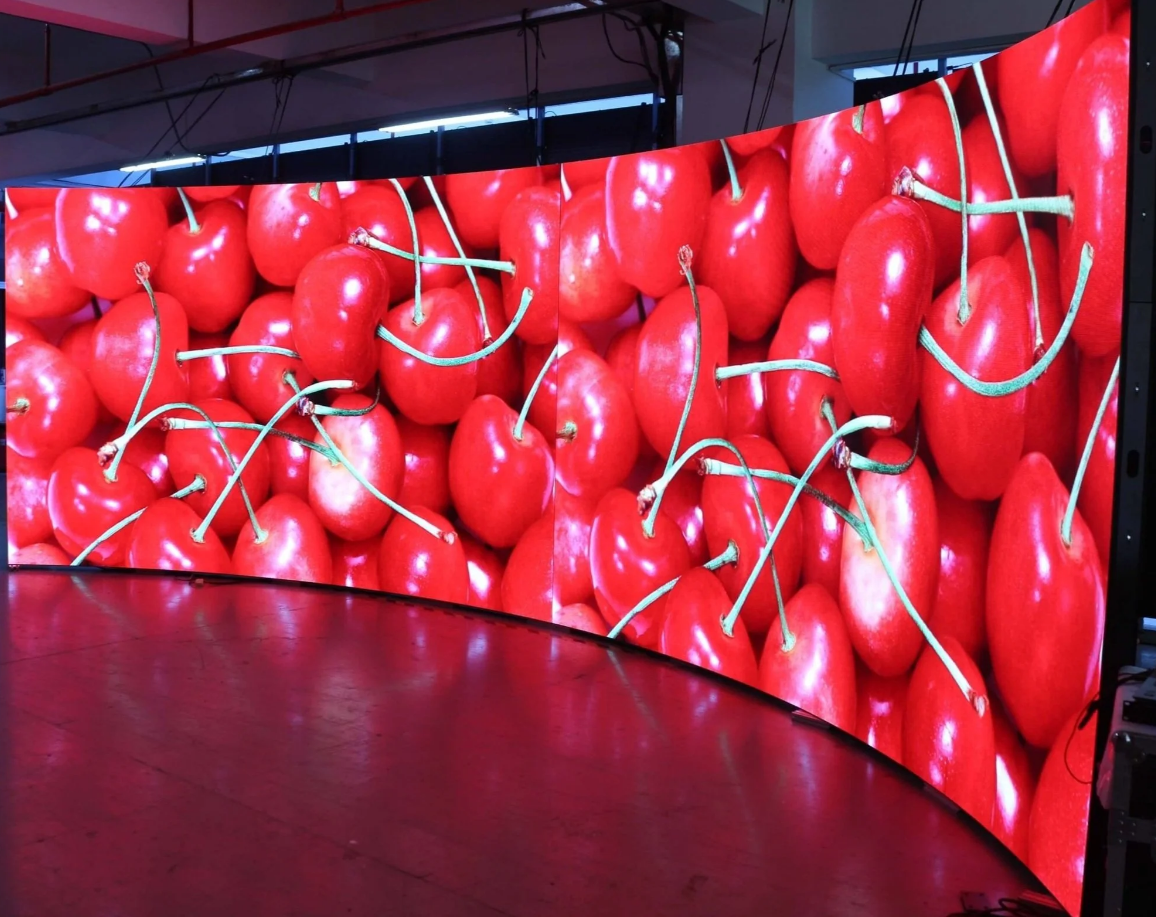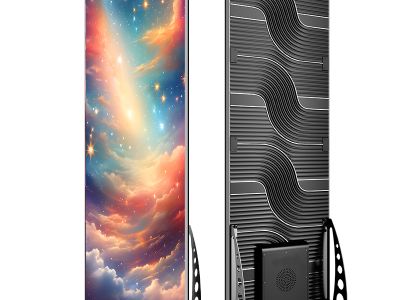4K LED Screen vs. Retina Display: Which Is Better for 2025?
4K LED Screen vs. Retina Display: Which Is Better for 2025?
Display technology continues to evolve at a rapid pace, and in 2025, two terms dominate the conversation—4K LED screen and Retina display. Both are synonymous with high-quality visuals, but they serve different needs depending on usage scenarios.
Understanding Pixel Density
Pixel density, measured in pixels per inch (PPI), plays a critical role in determining screen clarity. A higher PPI means sharper text and images, while lower density can cause individual pixels to be visible, reducing the viewing experience. Whether it’s a smartphone, a laptop, or a 4K LED video wall, pixel density directly impacts how crisp and detailed the image appears.

What Makes 4K LED Displays Stand Out?
A 4K LED Display screen boasts a resolution of 3840 x 2160 pixels, totaling over 8.3 million pixels. This resolution delivers exceptional detail and clarity, particularly on larger screens. While the PPI varies based on screen size, 4K remains the gold standard for TVs, gaming monitors, and professional editing displays.
In 2025, 4K LED technology is widely used in everything from home theaters to corporate boardrooms. It's also a staple in the world of digital signage, where 4K LED video walls are used to deliver vibrant and lifelike visuals to large audiences. The benefits of 4K include not only increased detail but also improved color depth and dynamic contrast.
The Case for Retina Displays
Retina displays, a concept introduced by Apple, don’t refer to a specific resolution but rather to a pixel density high enough that pixels are not visible to the human eye at a typical viewing distance. Retina displays prioritize comfort, making them ideal for devices like smartphones, tablets, and laptops.
They offer excellent color accuracy and eliminate visible pixelation, which is especially useful for long working sessions. For professionals who spend hours in front of a screen, Retina displays reduce eye strain while still delivering excellent visuals.
Which One Is Better for Work in 2025?
If your work involves video editing, large-scale graphic design, or gaming, a 4K LED screen is the better choice. It offers the clarity and precision required for tasks where every pixel matters. A large 4K LED Display screen provides ample space to multitask and work with high-resolution content.
On the other hand, for everyday office work, web browsing, and tasks involving prolonged screen time, Retina displays offer a smoother experience with less eye fatigue.

Conclusion
Both 4K and Retina displays offer unique benefits. The right choice depends on how and where the screen will be used. In 2025, combining both technologies—such as a Retina laptop paired with a 4K LED video wall—can provide the perfect balance of comfort and performance.
FAQs
Q1: Is a 4K LED screen better than a Retina display?
It depends on usage. 4K is ideal for high-detail work and large screens; Retina is better for everyday use and eye comfort.
Q2: Can I use a 4K LED display screen for office work?
Yes, but you may need to scale the interface to avoid small text. It's best for multitasking and high-resolution tasks.
Q3: What’s the ideal screen size for a 4K LED video wall?
Video wall sizes vary by application, but larger formats (100”+) benefit most from 4K resolution to maintain image clarity.











